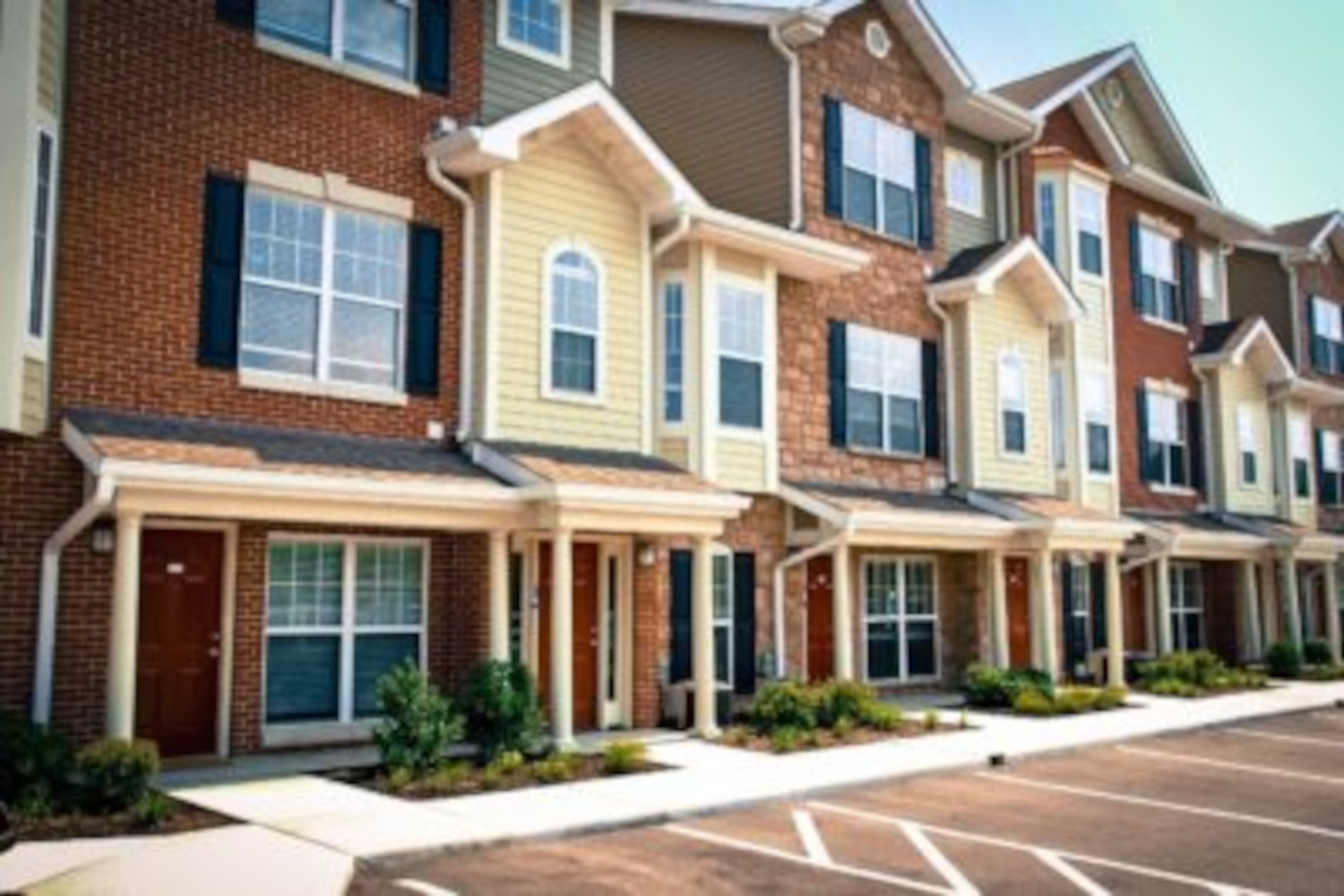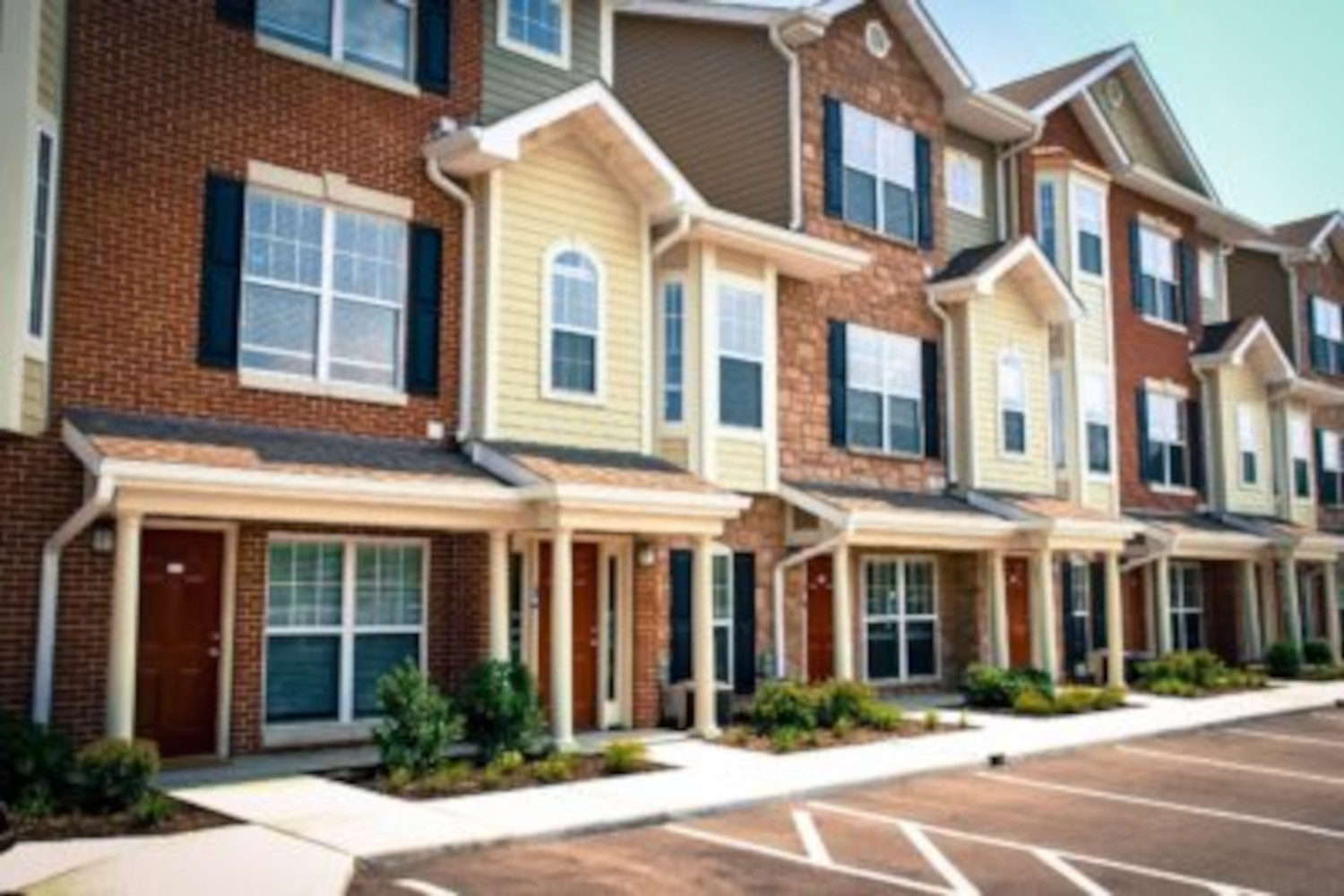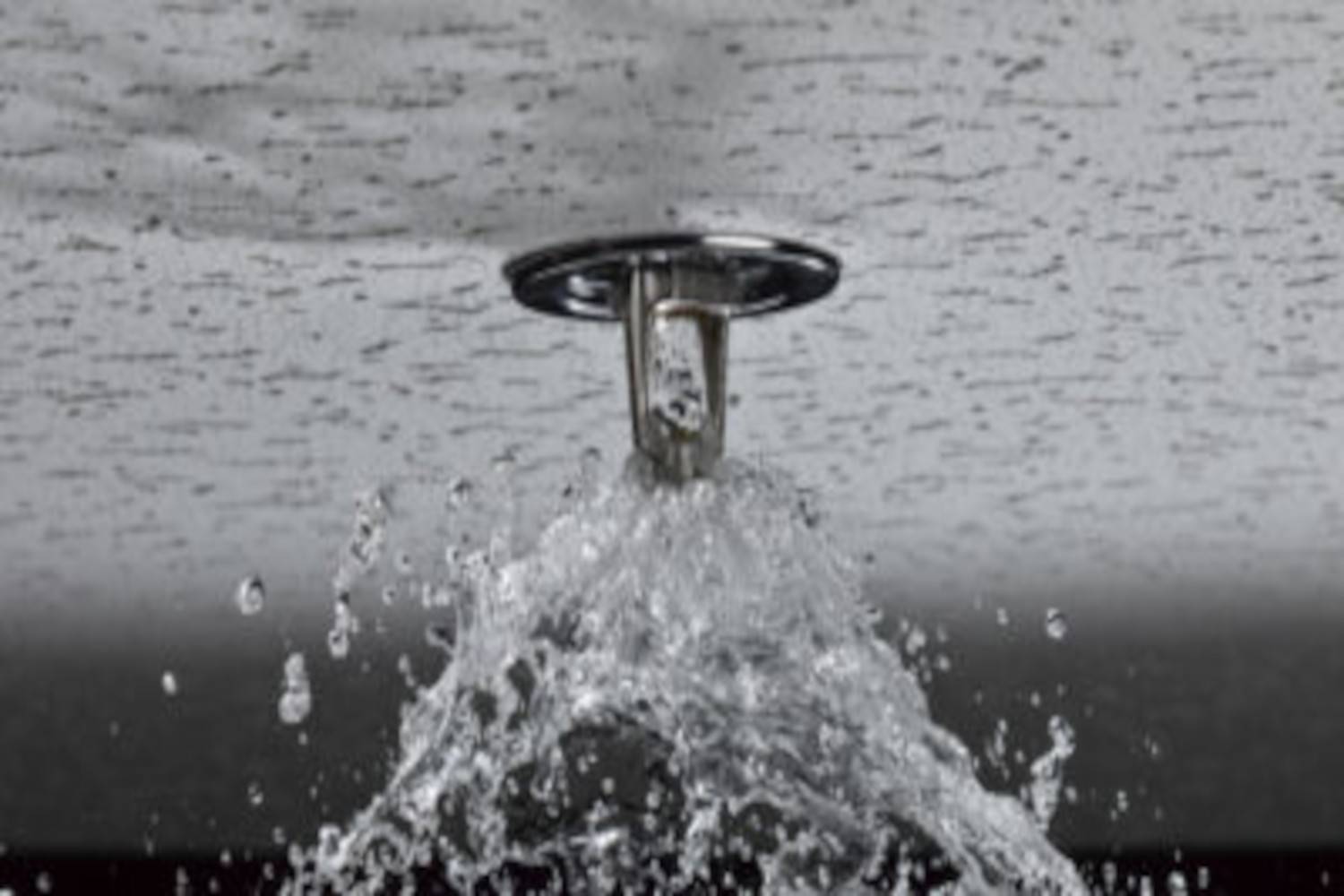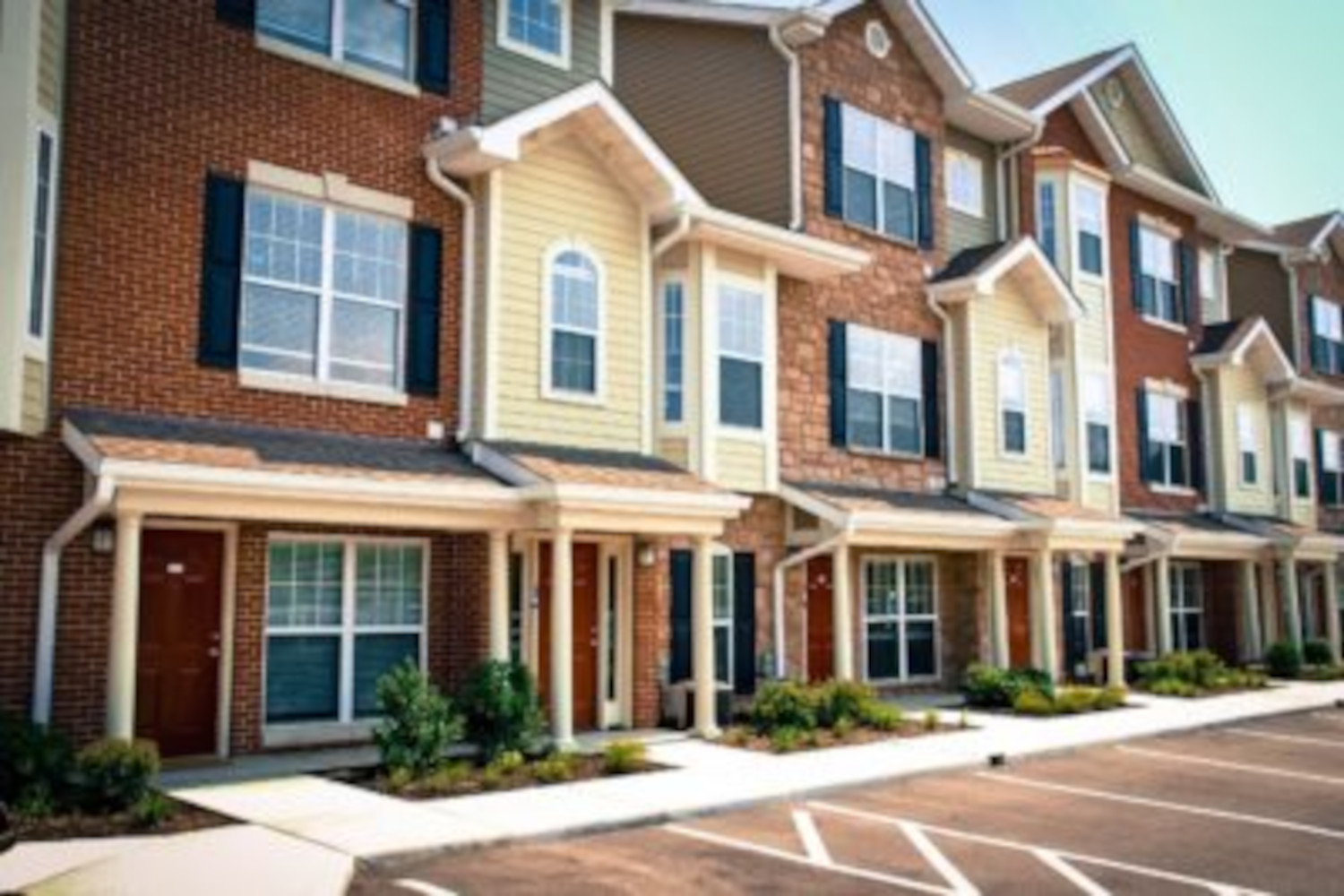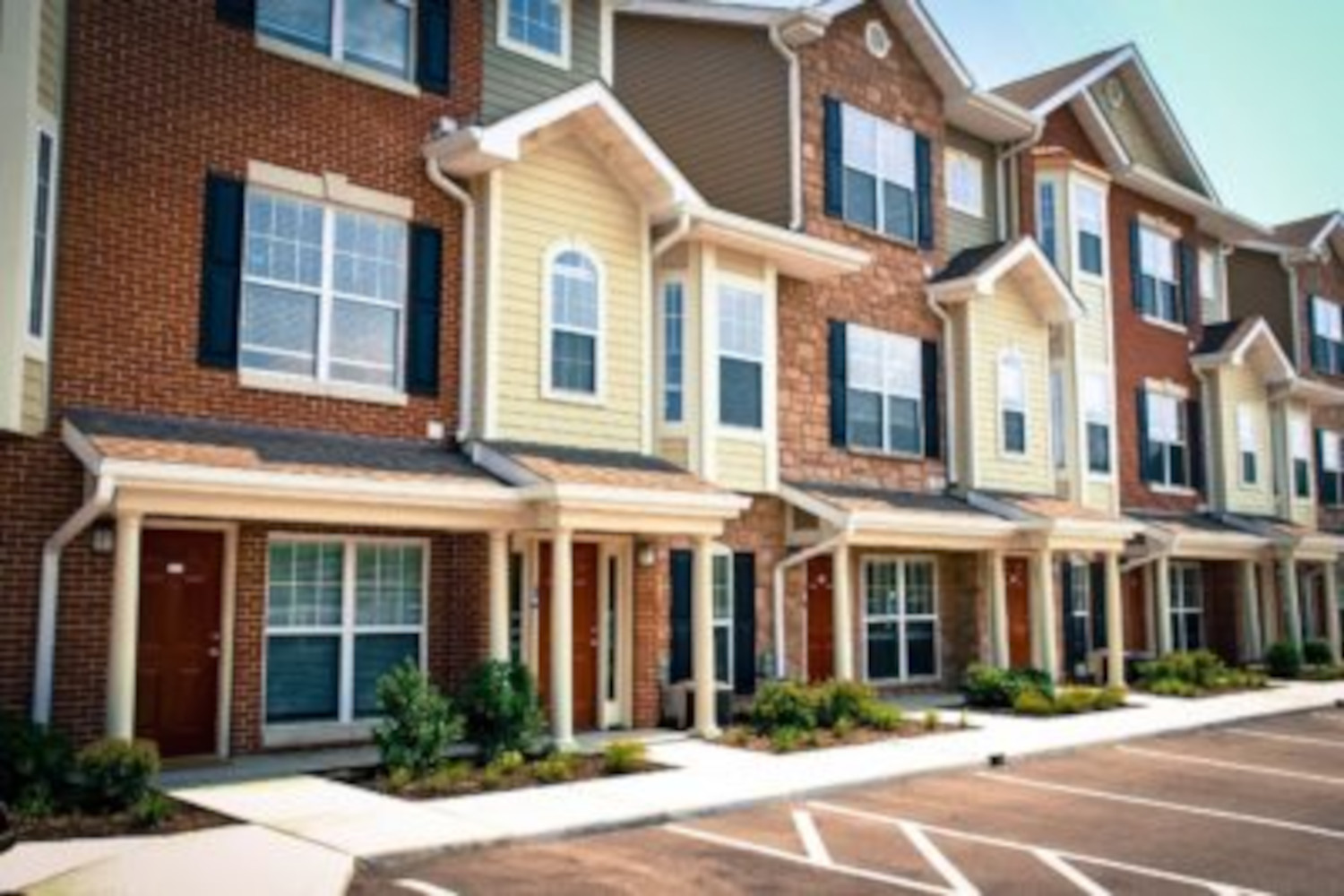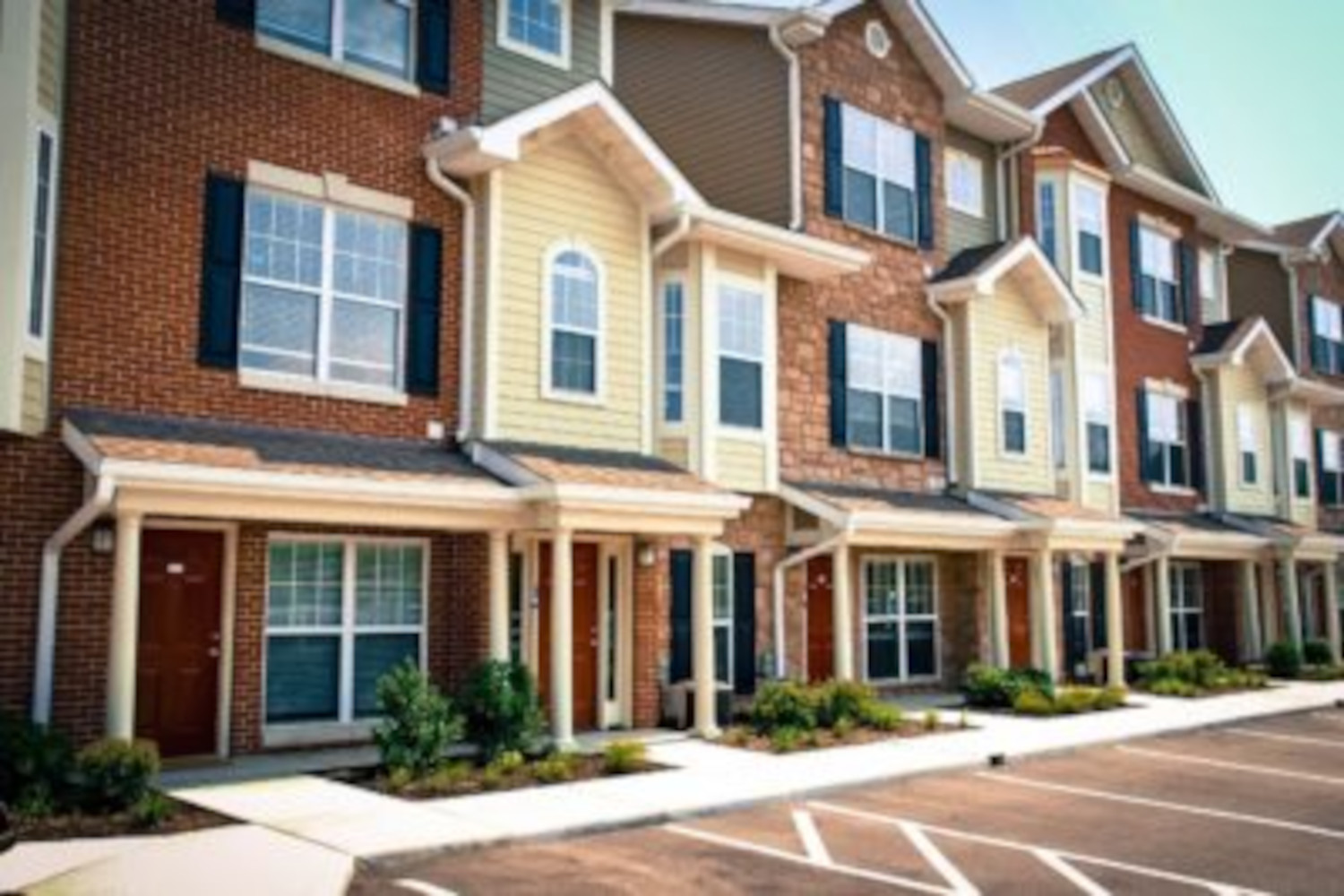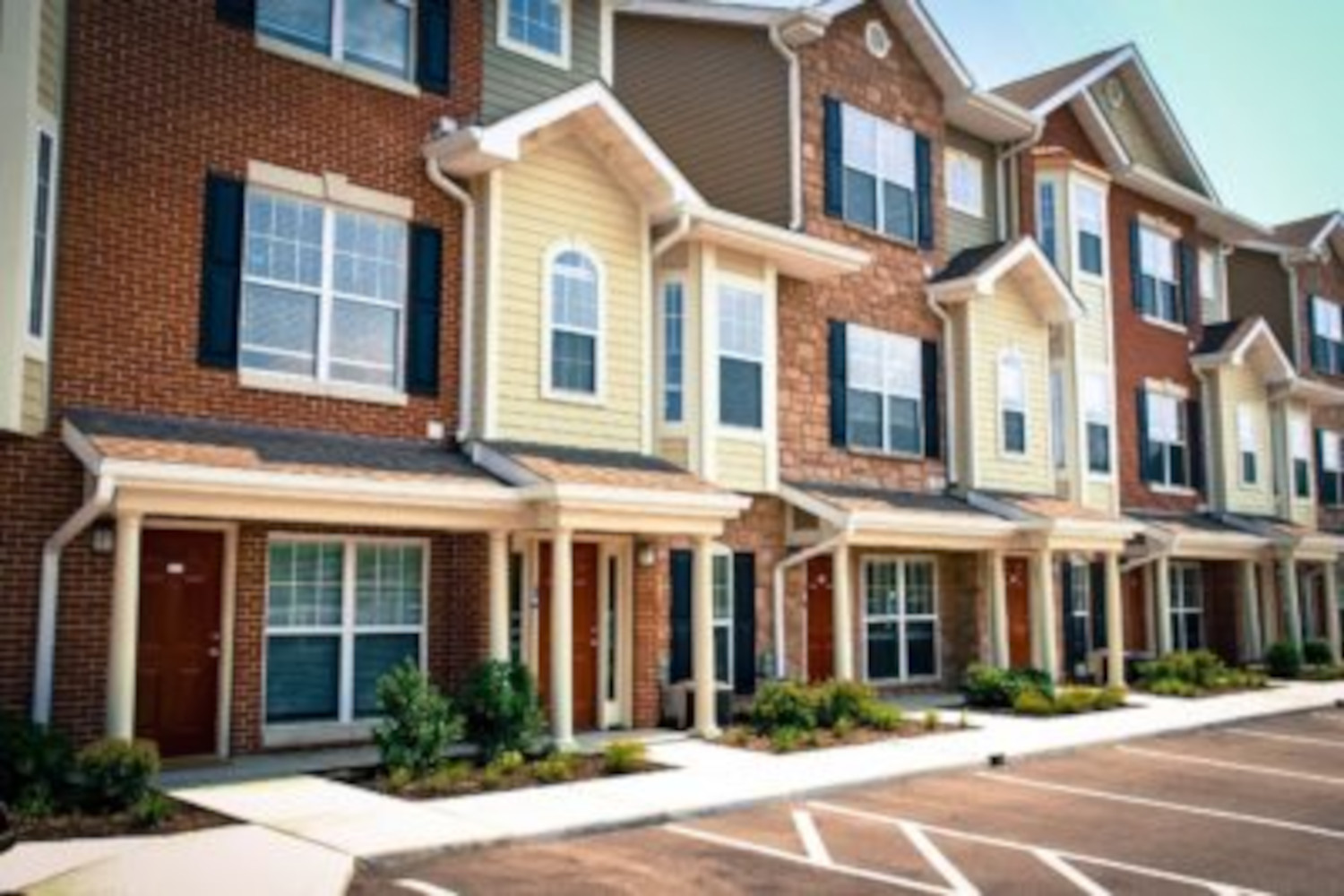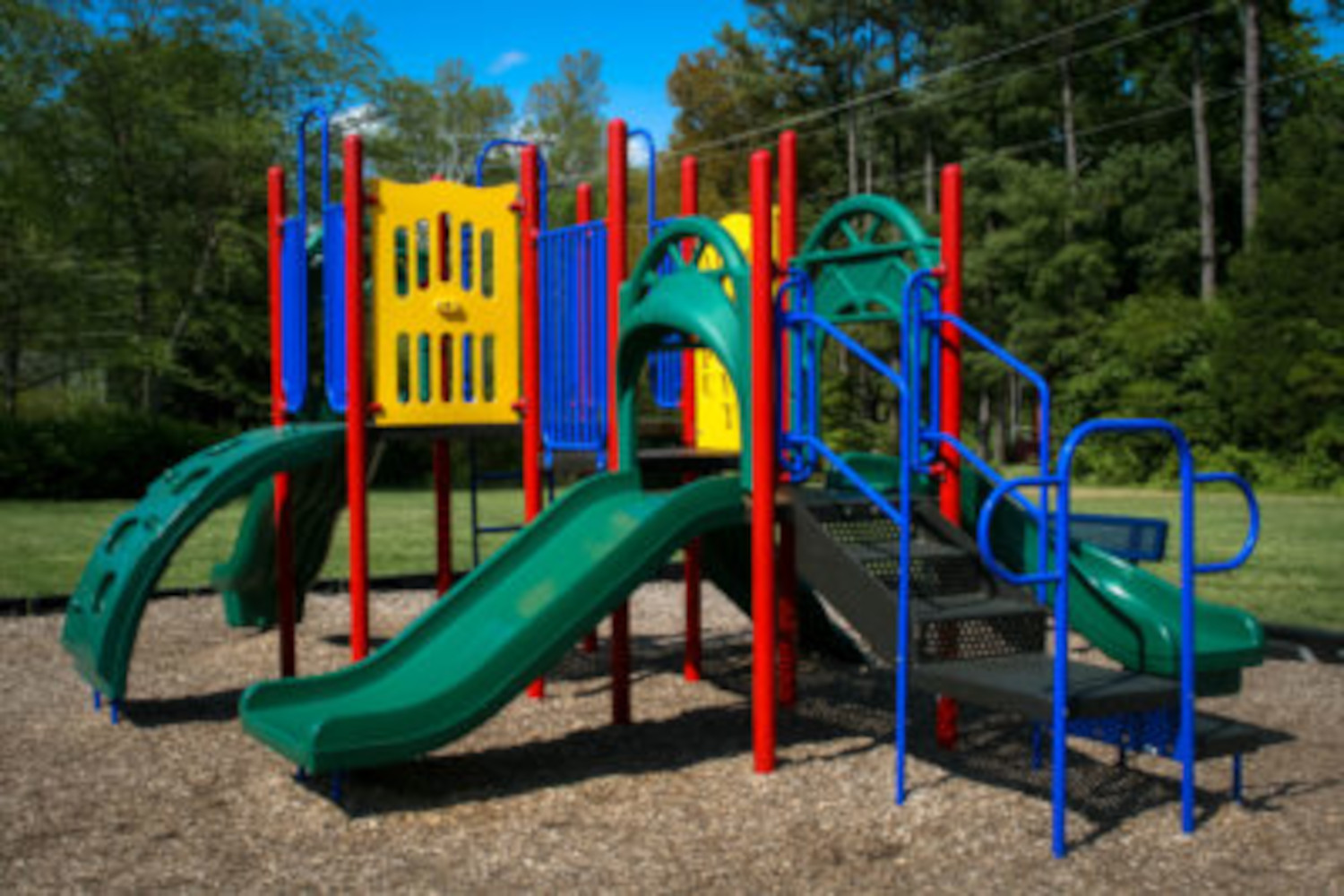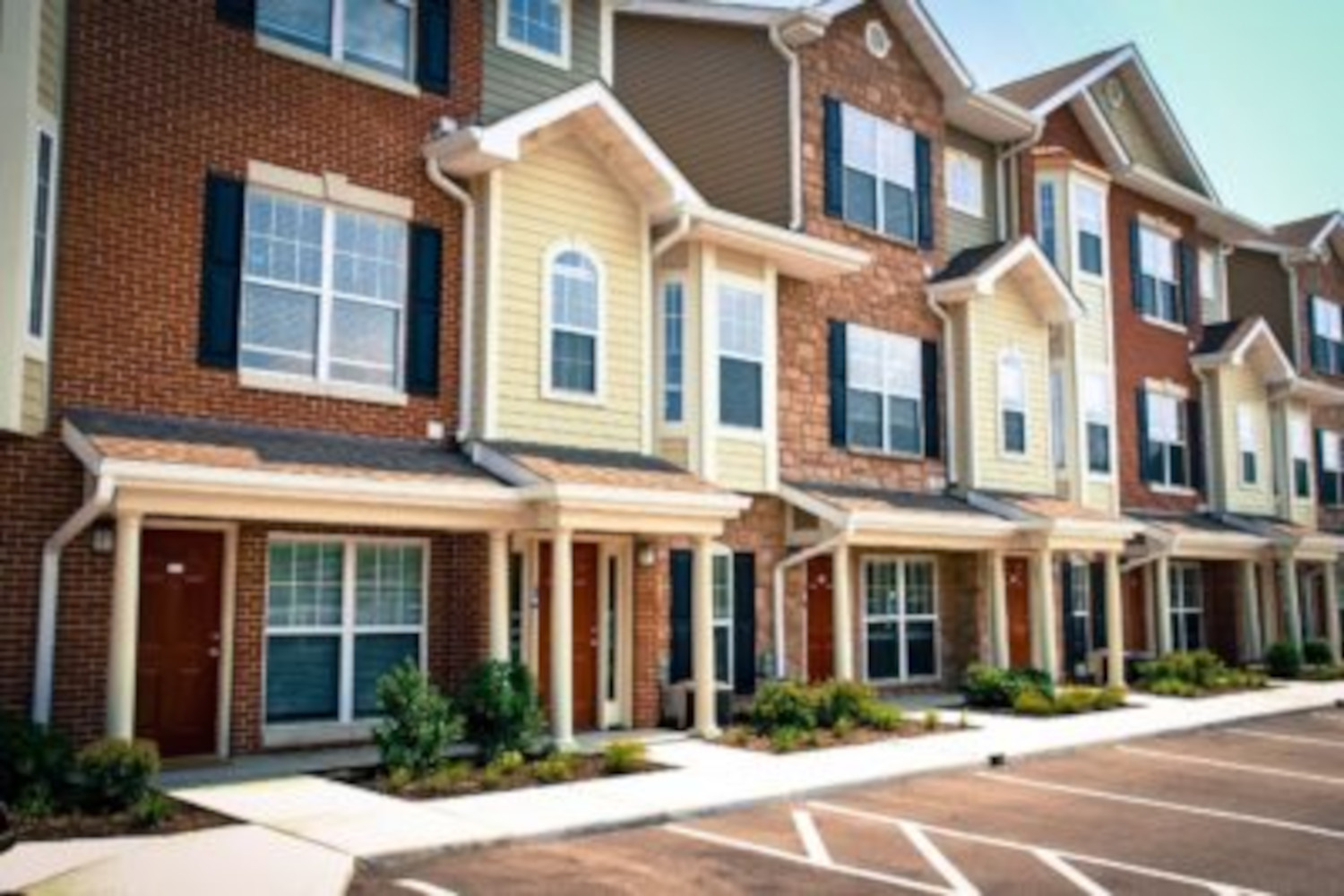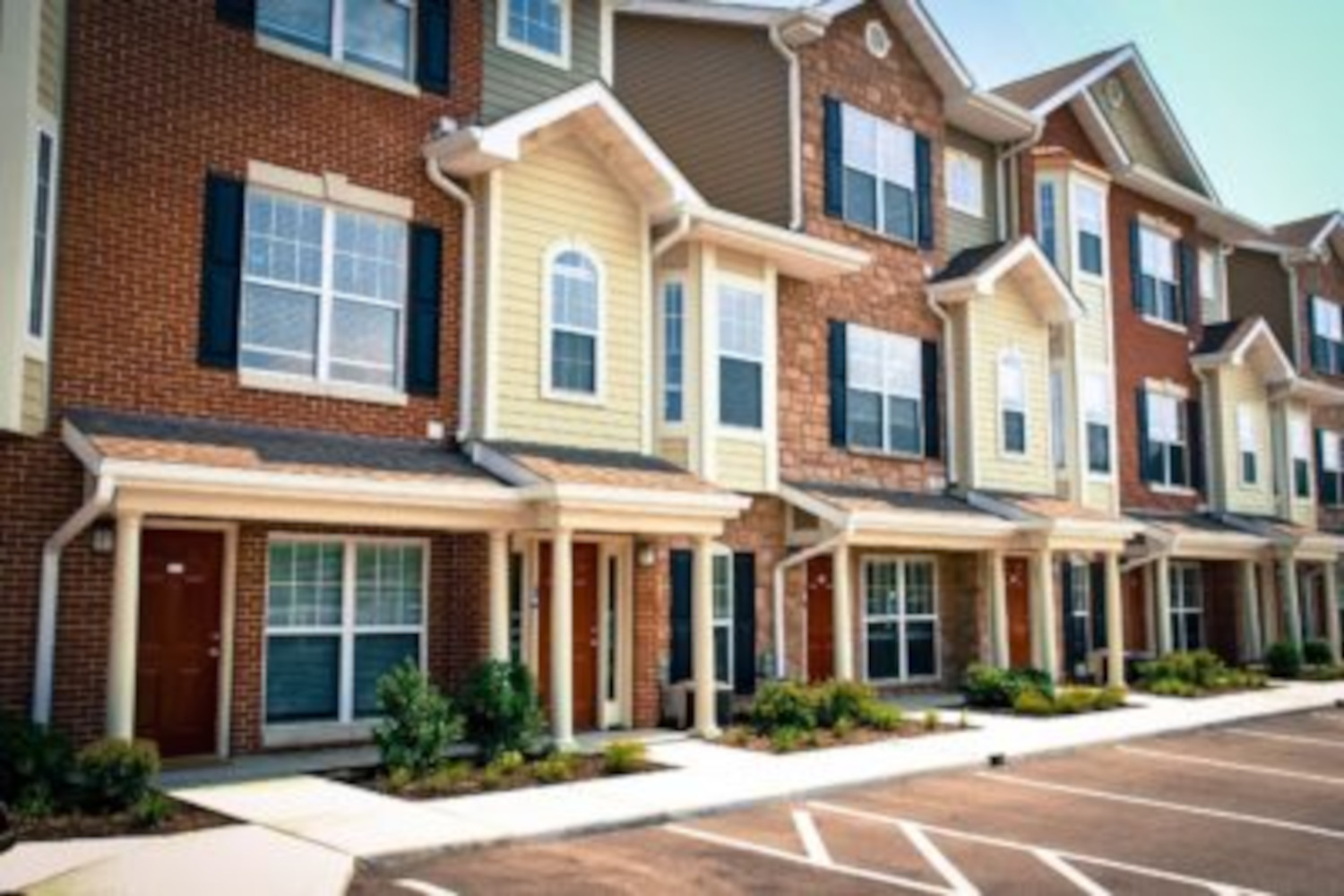
This article is Part IV of a four part series. Part I was meant to inform the Board of a Condominium or Homeowners Association of some basic steps that should be taken when significant latent construction defects are discovered. Part II was meant to inform the Board about the process of retaining an expert witness and serving a Notice of Claim. Part III was meant to inform the Board about common insurance coverage issues, whether to bring a direct claim against the subcontractors and whether the Board can be forced to arbitrate the claim. This article will discuss how to quantify damages and will discuss the mediation process.


